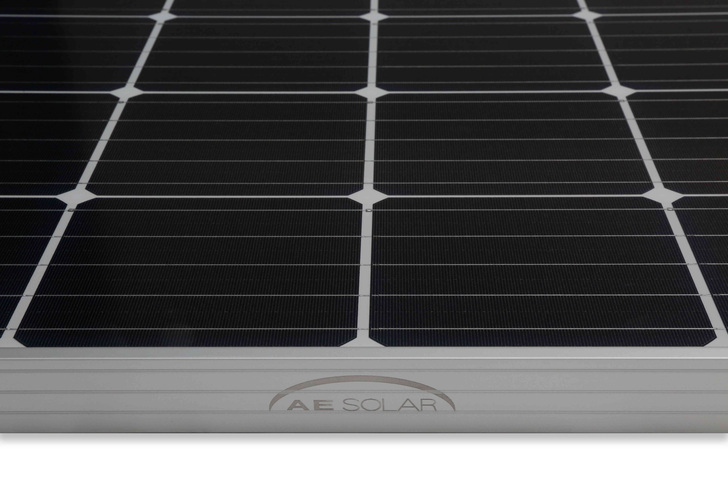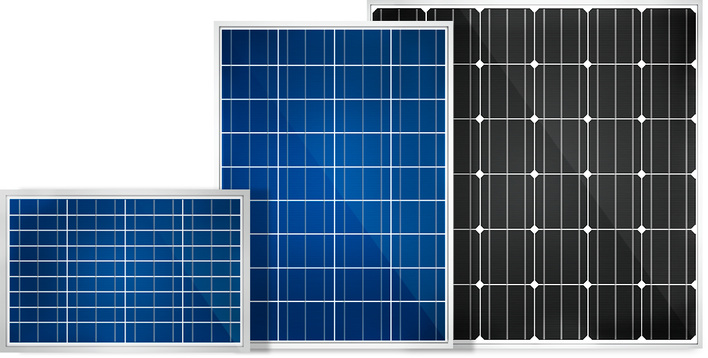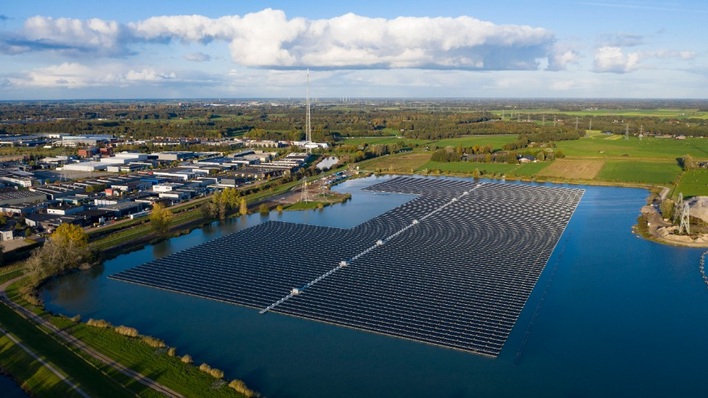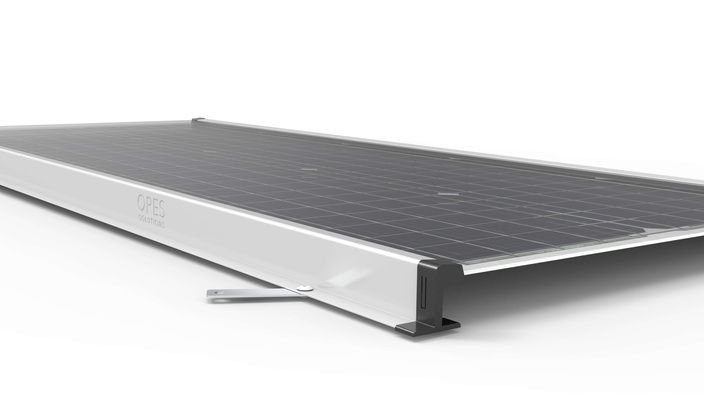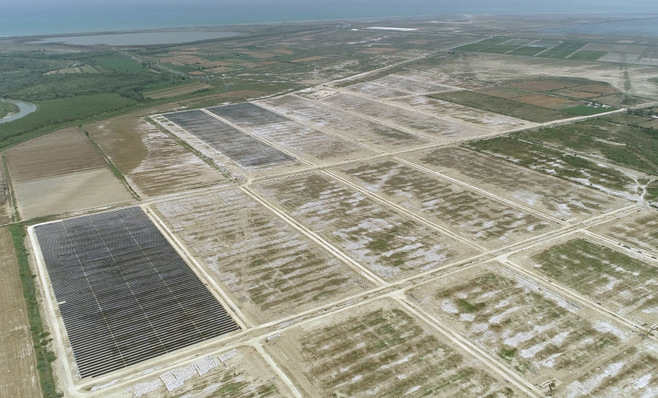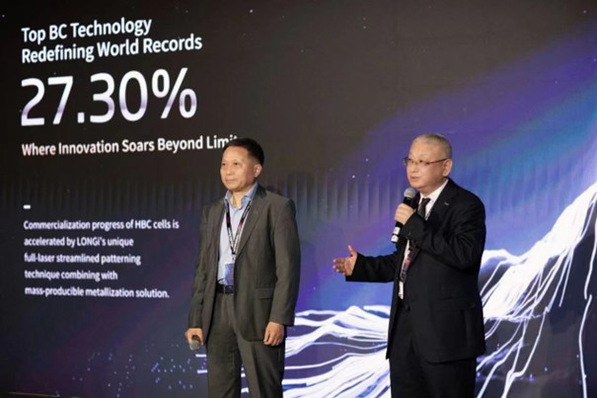In this week's Topic of the Week we are looking at innovative trends in solar modules. Naturally, if a solar module is covered in shade, there is nothing you can do except install it somewhere else. Sometimes, however, the panel is only partially shaded but still under-performs because of how the bypass diodes are placed. Read on to see that there is a way to bypass this problem:
AE Solar's R&D team is always focused on new and emerging technologies in photovoltaics. Their continuous effort and research allows AE Solar to deliver high quality products. As a result, AE Solar successfully developed what they say is the world’s first smart shading resistant hot-spot free module for mass production.
Many times more effective
The smart shading resistant hot-spot free modules developed by AE Solar use bypass diodes between each cell to overcome the effects of shading. Bypass diodes are installed between each photovoltaic cell (poly, mono, double-glass, bifacial). That protects the cells from hot spots and bypasses any ones that are partially or fully shaded, significantly reducing power output loss of the PV module. It has the same effect as three bypass diodes in the junction box of standard modules, but is many times more effective. For example, in a 72-cell module there are 72 diodes or 60 diodes for 60 cells. This prevents overheating of the cells and extends the generation hours in standard solar farm installation configurations (verified by Fraunhofer CSP).
This is simpler than any smart electronics and optimizers used for the same purposes, as well as cheaper, more reliable as it consists of only one type of part under laminated glass and finally gives better output in comparison with any existing large scale commercialized technology. Available in outputs ranging from 260W to 385W, the AE smart hot-spot free modules offer up to 30 per cent more power output under realistic conditions compared to standard PV modules. (mfo)
Here, in case you missed it, is Part 1 of our current series.

